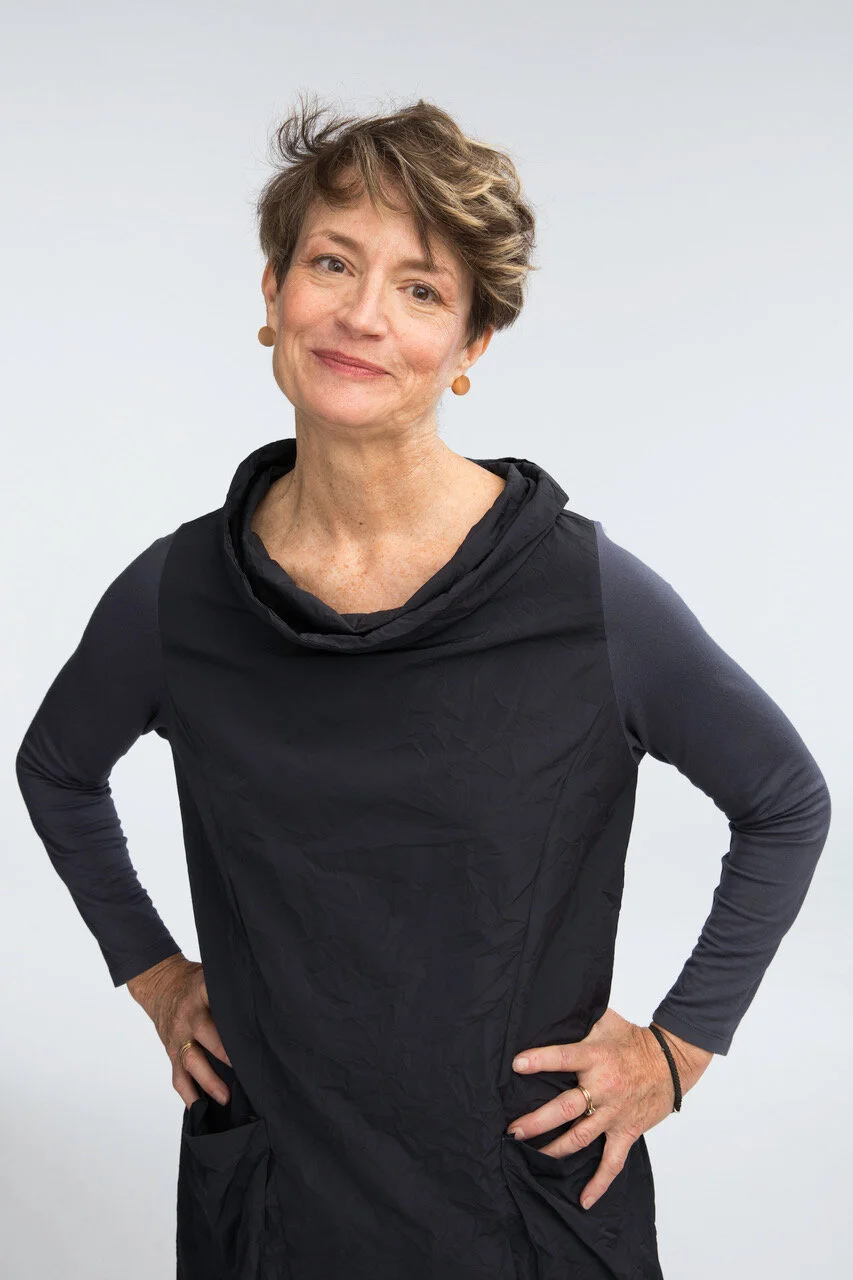You can’t put the genie back into the bottle
Discrimination against age is based on the same forces that make things harder for any minority: prejudice maintains the status quo and impacts on the possibility to work together towards a more equitable world
Ashton Applewhite, author and activist. Her book This Chair Rocks: A Manifesto against Ageism will be on the shelves on March 5th in the US
Author and activist, Ashton Applewhite has emerged as a leading spokesperson in the global movement against ageism. Her journey into the realm of age-related discrimination began as a personal realization over a decade ago. Around age fifty-five, when she started a project about people over 80 in the workforce and learning about longevity, she was struck by the discrepancy between the way aging is depicted and the far more nuanced and positive reality.
She began blogging in 2007 and nine years later self-published “This Chair Rocks: A Manifesto against Ageism.” Her 2017 Ted Talk “Let’s end ageism” has clocked in more than 1.4 million views, and she sold the rights to the book to Celadon Books, a new Macmillan imprint, which will be putting it on shelves nationwide (in the US) on March 5th.
Ashton never gets tired of emphasizing that it’s time to make ageism as unacceptable as any other form of prejudice, because it is limiting our perspective—what we are, what we do, what we think of ourselves and of others—and our ability to collaborate across generations in addressing the urgent issues of the day.
What have you learned so far about ageism?
Ageism is the one form of discrimination that we all will face, and we’re only starting to become aware of it. But when I stress that age should be a criterion for diversity, for example, people immediately agree. In my 2016 keynote address at the UN Assembly, I pointed out that, unless we see aging people for what they really are and not for what we are conditioned to think, we won’t be able to make the most of the longevity revolution.
This means explicitly confronting ageism in every arena— healthcare, the workforce, the built environment—starting between our ears. Think how the women’s movement changed women’s lives around the world. We need a grassroots movement to do the same for the rights of older people—and young people too. Ageism cuts both ways: it’s any judgement about a person or group of people based on how old we think they are.
How have things changed since you began to look into this subject?
Not long ago, aging was a taboo topic in the media; no one wanted to go near it. Not any more. Many more people are interested, like the mainstream publisher who is bringing out my book. Ambitious anti campaigns are emerging, including a national campaign in Australia called EveryAGE Counts, and one from the World Health Organization, because attitudes towards aging affect physical and cognitive function. You can find information about all of them on Old School, our clearinghouse of free, vetted resources to help people learn about ageism and how to dismantle it.
What parallel can you draw with previous liberation movements in history ?
We should avoid the main mistakes of the women’s movement that ignored the issues women of color. Aging is a universal process that intersects other forms of prejudice, that’s why the movement against ageism must embrace every form of discrimination, like race, gender and sexual orientation. Because it needs to be more intersectional, it will take longer for it to take off, it will be more messy, but after it succeeds nothing would be the same.
What can we do to address these issue?
Look at our own internalized bias and realize that we’re all ageist. The first step is to change ourselves. We need to promote age acceptance instead of age denial, raise awareness of the age bias around us, and come together to challenge it.
At a structural level, discrimination against age is based on the same forces that make things harder for any minority: prejudice maintains the status quo and makes it harder for groups to work together towards a more equitable world. We’re dealing with a collective problem that requires collective action.
We also need to be more informed. When I started out, I was very apprehensive about getting old. The more I learned, the better I felt, and the more clearly I understood the power of people coming together to challenge negative myths and stereotypes that fill us with needless dread. We don’t have to settle for “just the way things are,” and seeing these forces at work in the world around us makes us happier and healthier. It’s called “cognitive liberation.”
How have you changed during this journey?
Now I see ageism everywhere, and call it out. Once you start to notice how aging is framed in our society and in the mainstream media, you realize you have been brainwashed. It’s like letting the genie out of the bottle: you can’t put it back in, and that’s a fantastic feeling.
